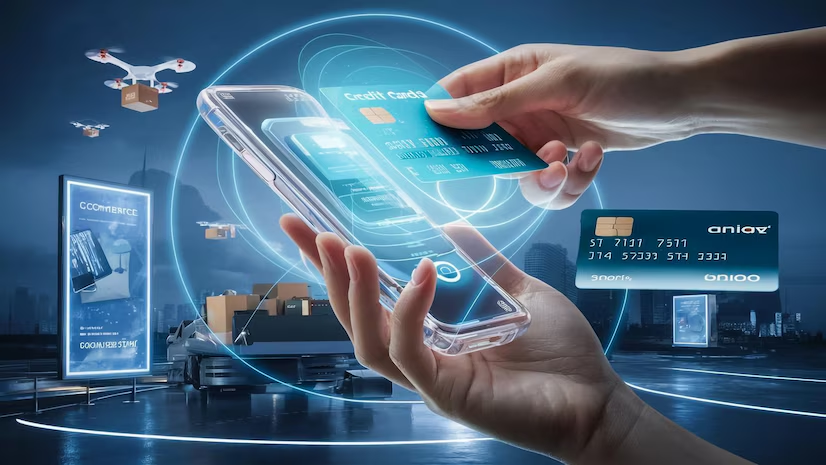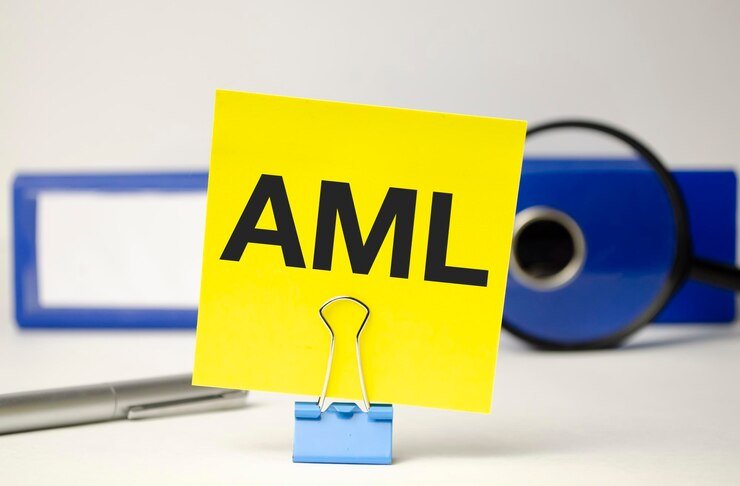The Future of Fast Food: Digital Ordering and Payment Solutions That Speed Up Service
The fast food industry is undergoing a rapid transformation driven by the integration of digital technologies. As consumer expectations evolve, the demand for quicker, more efficient service has never been higher. Digital ordering and payment solutions are at the forefront of this shift, offering a glimpse into the future of fast food. These innovations not only streamline the customer experience but also redefine how fast food businesses operate.
The Rise of Digital Ordering
One of the most significant changes in the fast food landscape is the adoption of digital ordering systems. These platforms, accessible via mobile apps, websites, and in-store kiosks, allow customers to place orders with ease and precision. The benefits are clear: shorter lines, reduced waiting times, and greater accuracy in orders.
Mobile apps, in particular, have become a central component of this digital revolution. Many major fast food chains have developed apps that enable customers to customize their meals, save favorite orders, and even schedule pick-up times. These features enhance convenience, giving customers more control over their dining experience. Additionally, apps often integrate with loyalty programs, offering rewards and discounts that encourage repeat business.
In-store kiosks, meanwhile, provide an alternative to traditional counter service. These self-service stations allow customers to browse the menu, make selections, and pay without interacting with a cashier. This not only speeds up the ordering process but also reduces human error, leading to more accurate order fulfillment.
Streamlining Payment with Digital Solutions
Payment solutions are another area where digital technology is making a significant impact. Contactless payment options, including mobile wallets like Apple Pay, Google Pay, and Samsung Pay, are becoming increasingly popular in fast food establishments. These methods allow customers to complete transactions quickly by simply tapping their smartphone or smartwatch on a payment terminal.
Moreover, many fast food chains are now integrating payment directly into their mobile apps. This allows for seamless transactions where customers can pay for their orders in advance, eliminating the need to exchange cash or cards at the point of sale. This not only speeds up the process but also reduces contact, a feature that has become particularly important in the post-pandemic era.
Some fast food companies are also exploring the use of blockchain technology and cryptocurrencies as payment methods. While still in the early stages, these technologies have the potential to offer even faster and more secure transactions in the future.
The Impact on Fast Food Operations
The adoption of digital ordering and payment solutions is reshaping fast food operations. With more orders being placed through digital channels, restaurants can optimize their workflow and allocate staff more efficiently. For instance, kitchen operations can be better organized to handle a steady stream of digital orders, reducing bottlenecks and improving overall service speed.
Data analytics, powered by digital ordering platforms, provide valuable insights into customer preferences and behaviors. This data can be used to refine menus, optimize inventory management, and create targeted marketing campaigns. By understanding what customers want and when they want it, fast food chains can offer a more personalized and responsive service.
Moreover, digital solutions are paving the way for innovative concepts like ghost kitchens and drive-thru automation. Ghost kitchens, which operate exclusively for online orders without a dine-in option, can cater to the growing demand for delivery services. Drive-thru automation, on the other hand, uses AI-powered systems to take orders and process payments, further reducing service time and improving accuracy.
Challenges and Considerations
While digital ordering and payment solutions offer numerous advantages, they also come with challenges. The initial investment in technology infrastructure can be significant, particularly for smaller fast food operators. Additionally, there is a need for robust cybersecurity measures to protect customer data and ensure the integrity of digital transactions.
Another consideration is the potential for a digital divide. Not all customers may be comfortable or familiar with using digital platforms, which could alienate certain demographics. To address this, fast food chains must strike a balance by offering both digital and traditional ordering options, ensuring that all customers feel welcome.
Read Also: IntrepidFood.eu: Revolutionizing Gourmet Meals for Outdoor Adventurers
Looking Ahead
The future of fast food is undoubtedly digital. As technology continues to evolve, we can expect even more innovative solutions that enhance the speed, efficiency, and convenience of service. Whether through AI-driven order systems, advanced payment methods, or data-driven personalization, the fast food industry is poised to meet the demands of a fast-paced, digital world.
For fast food operators, embracing these changes is not just an option—it’s a necessity. Those who can adapt quickly to the new digital landscape will be well-positioned to thrive in the competitive market, offering customers the quick and efficient service they crave.






